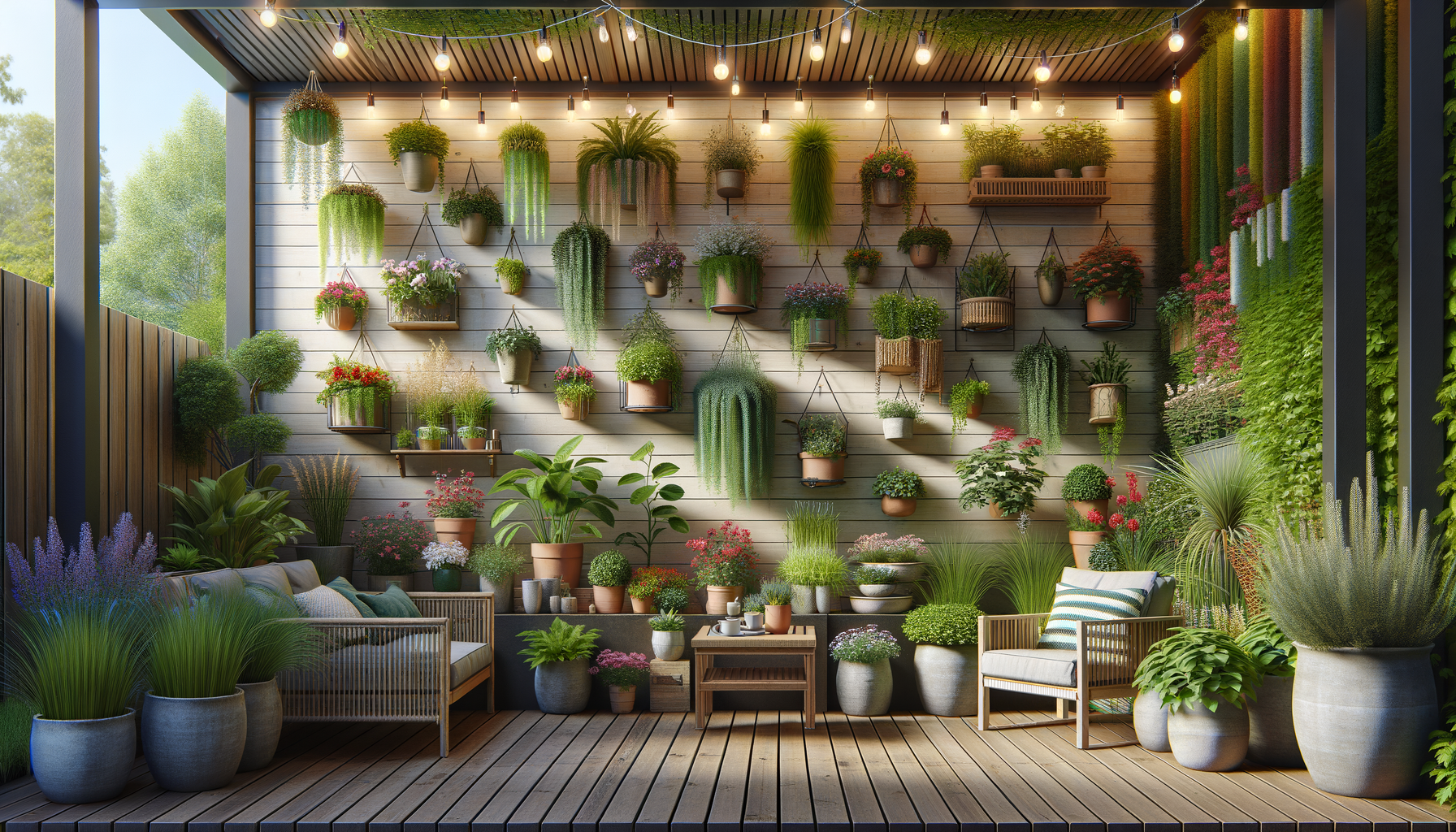Understanding the Tiny Home Movement
The tiny home movement has gained significant traction over the past decade, advocating for a lifestyle that emphasizes simplicity and sustainability. These compact homes, typically ranging from 100 to 400 square feet, challenge traditional notions of living spaces. By prioritizing essential living needs and minimizing excess, tiny homes present an attractive option for those seeking to reduce their environmental footprint and live more sustainably.
One of the key drivers of this movement is the rising cost of living, particularly in urban areas. Tiny homes offer an affordable alternative, enabling homeowners to own property without the burden of a large mortgage. Additionally, the minimalist lifestyle associated with tiny homes encourages individuals to declutter and focus on what truly matters, fostering a sense of freedom and flexibility.
Moreover, tiny homes are often designed with sustainability in mind, incorporating eco-friendly materials and energy-efficient systems. This not only reduces the environmental impact but also lowers utility costs, making it a financially viable option for many. Whether built on wheels or a permanent foundation, tiny homes are redefining the concept of homeownership in the modern age.
Types of Tiny Homes Available
The variety of tiny homes available on the market today is vast, catering to different tastes, needs, and lifestyles. Among the most popular types are:
- Tiny Houses on Wheels (THOWs): These are mobile homes built on trailers, allowing for easy relocation. They are perfect for those who desire the flexibility to travel or move frequently.
- Container Homes: Made from repurposed shipping containers, these homes are durable and can be customized to suit individual preferences. They are an excellent choice for environmentally conscious buyers.
- Cabin-Style Tiny Homes: Often built with natural materials, these homes offer a rustic charm and are ideal for those who appreciate a more traditional aesthetic.
- Prefab Tiny Homes: These are manufactured off-site and assembled on location, offering a quick and cost-effective solution for those eager to move in quickly.
Each type of tiny home offers its unique advantages, and the choice largely depends on the buyer’s lifestyle and personal preferences. Whether it’s the mobility of a THOW or the eco-friendliness of a container home, there’s a tiny home for everyone.
Cost Considerations and Financial Benefits
One of the most appealing aspects of tiny homes is their affordability. The cost of a tiny home can vary widely based on size, materials, and location, but they generally offer significant savings compared to traditional homes. On average, a tiny home can cost anywhere from $20,000 to $100,000, making homeownership accessible to a broader audience.
In addition to the lower upfront costs, tiny homes also offer financial benefits in terms of reduced utility bills and maintenance expenses. With less space to heat, cool, and maintain, homeowners can enjoy lower monthly costs, freeing up funds for other pursuits. Furthermore, many tiny homes are designed to be energy-efficient, incorporating solar panels and rainwater collection systems to further reduce expenses.
For those interested in financing a tiny home, several options are available, including personal loans, RV loans, and specialized tiny home loans. It’s important for potential buyers to research and compare these options to find the most suitable financing solution for their needs.
Legal and Zoning Challenges
While tiny homes offer numerous benefits, they also come with their share of legal and zoning challenges. Many municipalities have specific regulations regarding minimum dwelling sizes, making it essential for prospective tiny home buyers to research local laws before making a purchase.
Some areas have embraced the tiny home movement, creating communities specifically designed for these compact dwellings. However, in regions where zoning laws are more restrictive, tiny home enthusiasts may face hurdles in finding a legal place to park or build their homes.
To navigate these challenges, it’s advisable to consult with local authorities and seek out communities or regions that are known to be tiny home-friendly. Joining online forums and networks of tiny home owners can also provide valuable insights and support for those facing legal or zoning issues.
The Future of Tiny Homes
As the demand for affordable and sustainable housing continues to grow, the future of tiny homes looks promising. Innovations in design and technology are making these homes more functional and appealing, attracting a diverse range of buyers, from young professionals to retirees.
Moreover, the growing awareness of environmental issues is likely to drive further interest in tiny homes, as more people seek to minimize their ecological impact. As urban areas become increasingly crowded, tiny homes offer a solution that addresses both housing shortages and sustainability concerns.
In conclusion, tiny homes represent a significant shift in how we think about living spaces. They offer a practical, affordable, and environmentally friendly alternative to traditional housing, making them an attractive option for many. As more individuals embrace this lifestyle, the tiny home movement is poised to continue its upward trajectory, reshaping the housing landscape for years to come.




Leave a Reply